Is Microsoft killing off Windows 7 early?
Support ends in early 2020, but the axe has already fallen for some
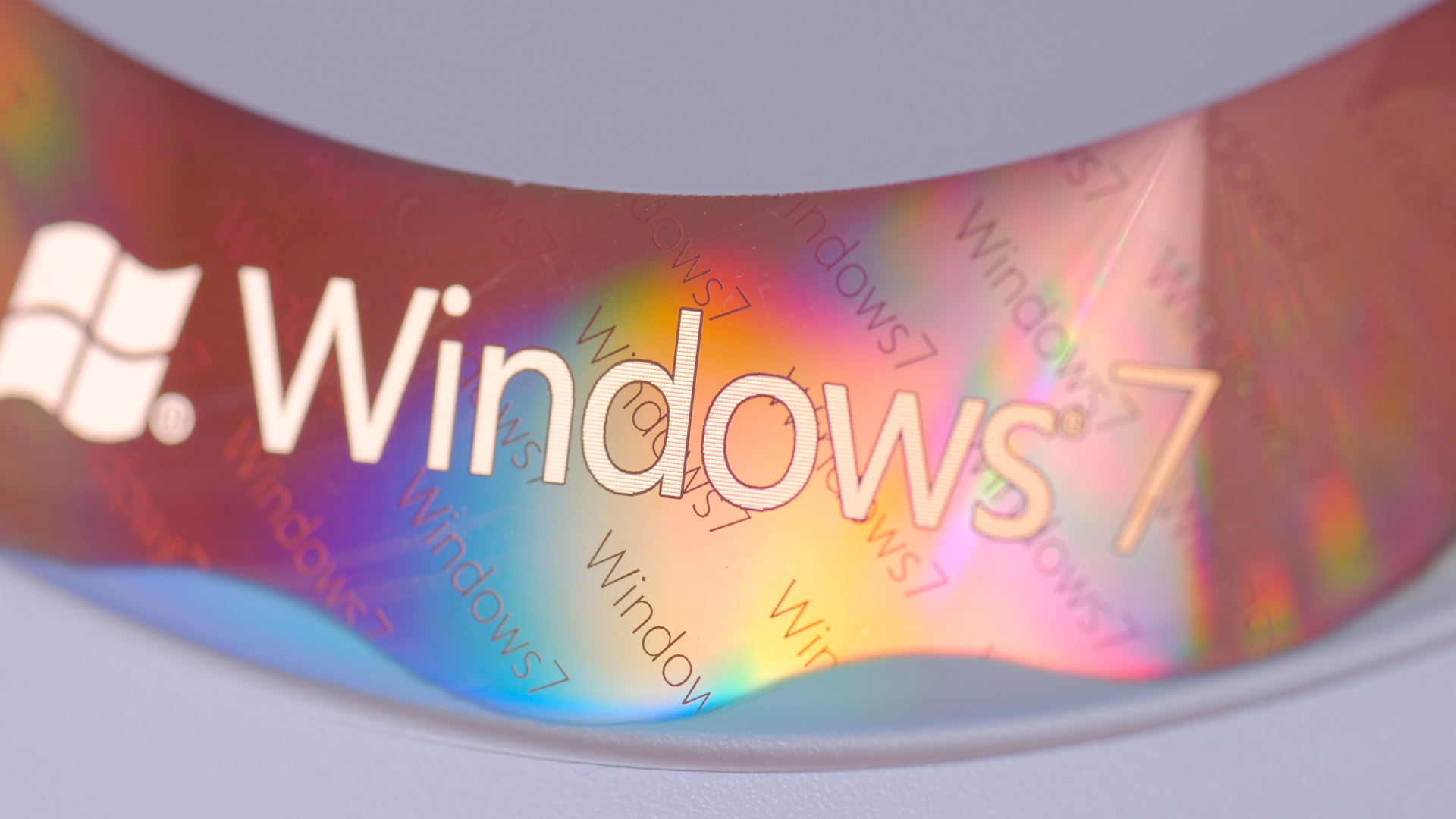

There are 545 days until Microsoft ends support for Windows 7. At least, that's the official deadline, as stated on the company's 'Windows lifecycle fact sheet'. But some people have interpreted Microsoft's recent behaviour as a sign it's desperate to wash its hands of Windows 7 before 14 January, 2020.
First, in early June, it announced it will no longer answer technical problems in the Windows 7 Community forums (along with the forums for 8.1, and the 2010 and 2013 editions of Office). Users can still reply to each other's questions, but Microsoft's 'agents' will focus on other forums, such as those for Windows 10 and Office 2016.
This decision won't be mourned by anyone who's been baffled over the years by the agents' jargon-stuffed responses, but it may worry those who question Microsoft's current commitment to Windows 7. Those doubts were reinforced in mid-June when Microsoft changed its mind about fixing a bug in Windows 7.
The problems began three months earlier, in the March security update (KB4088875) for the operating system (OS). Microsoft acknowledged that the update wasn't working in computers running Intel's Streaming SIMD Extensions 2 (SSE2), which is technology that helps processors handle multiple data elements, making them faster.
SSE2 isn't new. Intel released it in 2000 as part of its Pentium 4 processor a 1.4GHz chip that, by today's standards, is very slow. Microsoft may reasonably argue it has become obsolete, and falls under the definition outlined in its 'operating systems policy' of "older products" that "can't meet today's more demanding security requirements". But that's not what Microsoft said.
Instead, for three months, it claimed to be "working on a resolution and will provide an update in an upcoming release". That promise was replaced by advice to "upgrade your machines with a processor that supports SSE2 or virtualize those machines". In other words, Microsoft has given up trying to fix it, and instead wants you to run Windows 7 on a virtual desktop or, preferably, buy a shiny new Windows 10 computer.
But Microsoft has never previously said SSE2 was essential to Windows 7. It's not part of the operating system's technical requirements. Users shouldn't have to deal with such nasty surprises nine years after the OS launched. And they certainly shouldn't be strung along for three months by Microsoft, waiting for a fix that it now seems was never likely to materialise.
Get the ITPro daily newsletter
Sign up today and you will receive a free copy of our Future Focus 2025 report - the leading guidance on AI, cybersecurity and other IT challenges as per 700+ senior executives
Why did Microsoft take this decision? It probably calculated that a few weeks of negative headlines are worth absorbing if it meant avoiding the cost and hassle of fixing the bug. But it's probably underestimating how many people use Windows 7 on old computers.
Despite Windows 10 being a free upgrade and marketed heavily, it took two-and-a-half years from launch to overtake Windows 7 as recently as December 2017. Latest figures show that 39% of Windows users run Windows 7, while 46% run Windows 10.
Given that Microsoft claims the latter is installed on 700 million devices (albeit including non-PC machines like the Xbox), it means around 600 million computers still run Windows 7. Many millions must now be doing so on computers that Microsoft has in effect abandoned.
Bobby Hellard is ITPro's Reviews Editor and has worked on CloudPro and ChannelPro since 2018. In his time at ITPro, Bobby has covered stories for all the major technology companies, such as Apple, Microsoft, Amazon and Facebook, and regularly attends industry-leading events such as AWS Re:Invent and Google Cloud Next.
Bobby mainly covers hardware reviews, but you will also recognize him as the face of many of our video reviews of laptops and smartphones.
-
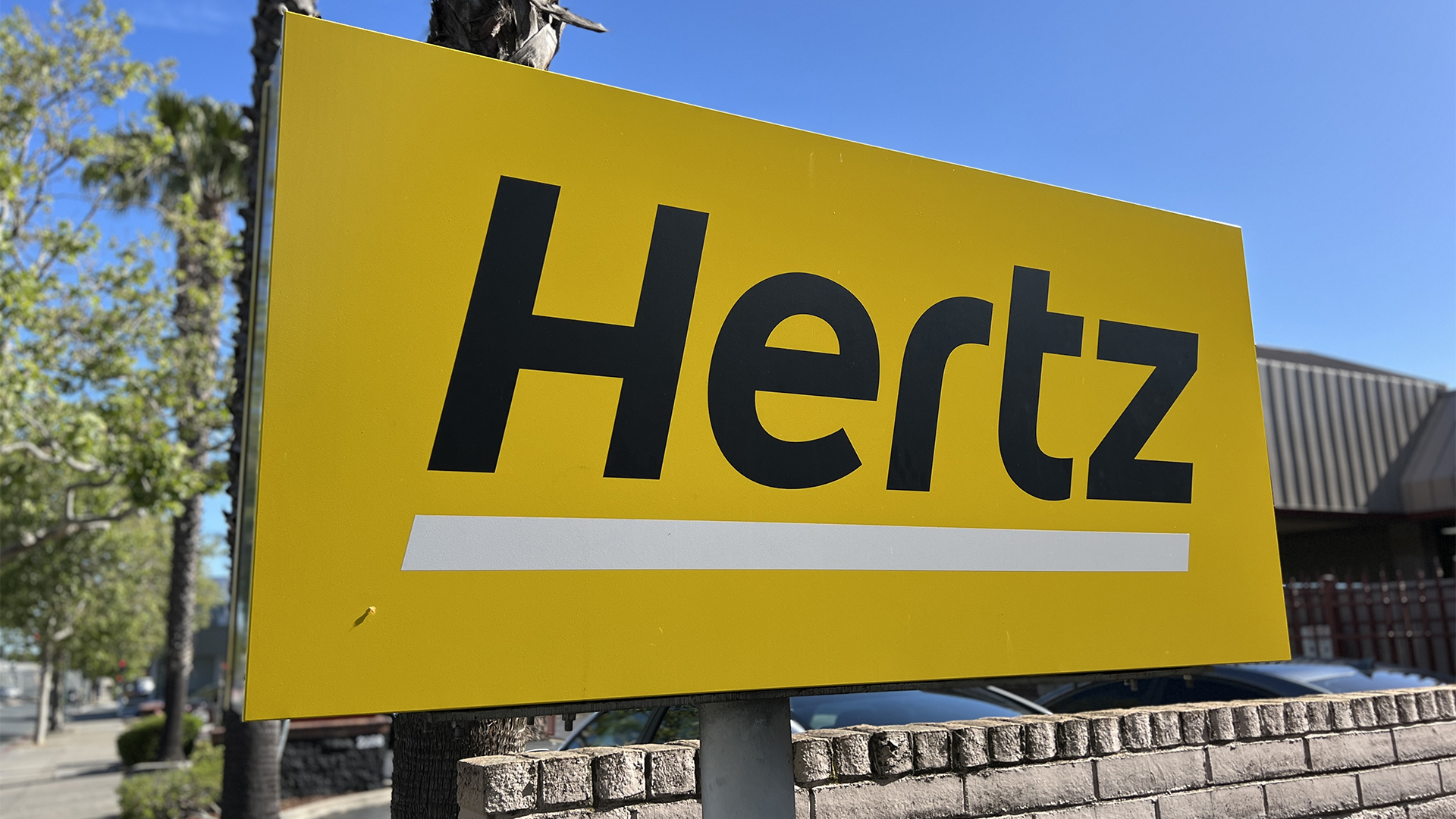 Cleo attack victim list grows as Hertz confirms customer data stolen
Cleo attack victim list grows as Hertz confirms customer data stolenNews Hertz has confirmed it suffered a data breach as a result of the Cleo zero-day vulnerability in late 2024, with the car rental giant warning that customer data was stolen.
By Ross Kelly
-
 Lateral moves in tech: Why leaders should support employee mobility
Lateral moves in tech: Why leaders should support employee mobilityIn-depth Encouraging staff to switch roles can have long-term benefits for skills in the tech sector
By Keri Allan
-
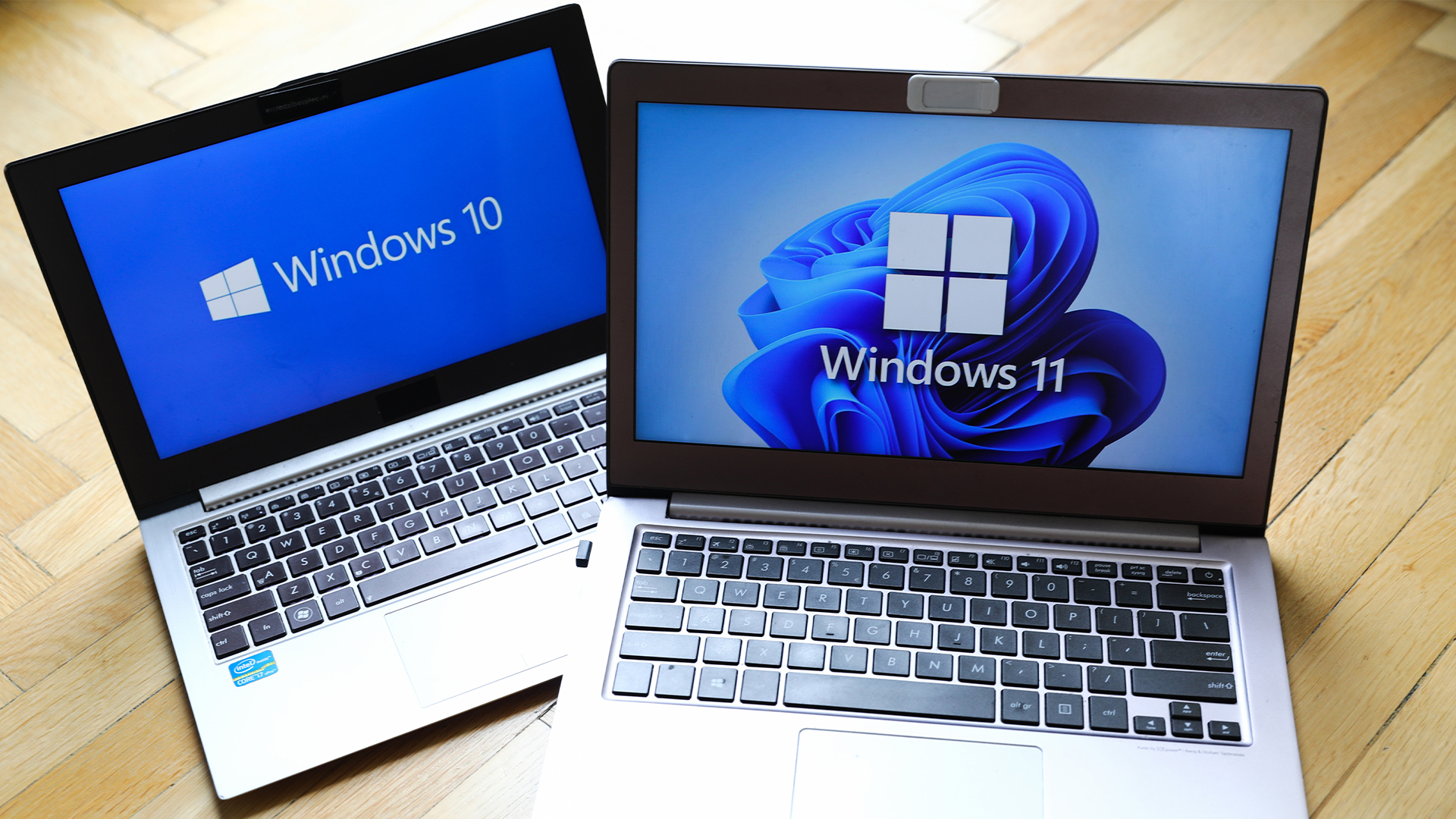 Dragging your feet on Windows 11 migration? Rising infostealer threats might change that
Dragging your feet on Windows 11 migration? Rising infostealer threats might change thatNews With the clock ticking down to the Windows 10 end of life deadline in October, organizations are dragging their feet on Windows 11 migration – and leaving their devices vulnerable as a result.
By Emma Woollacott
-
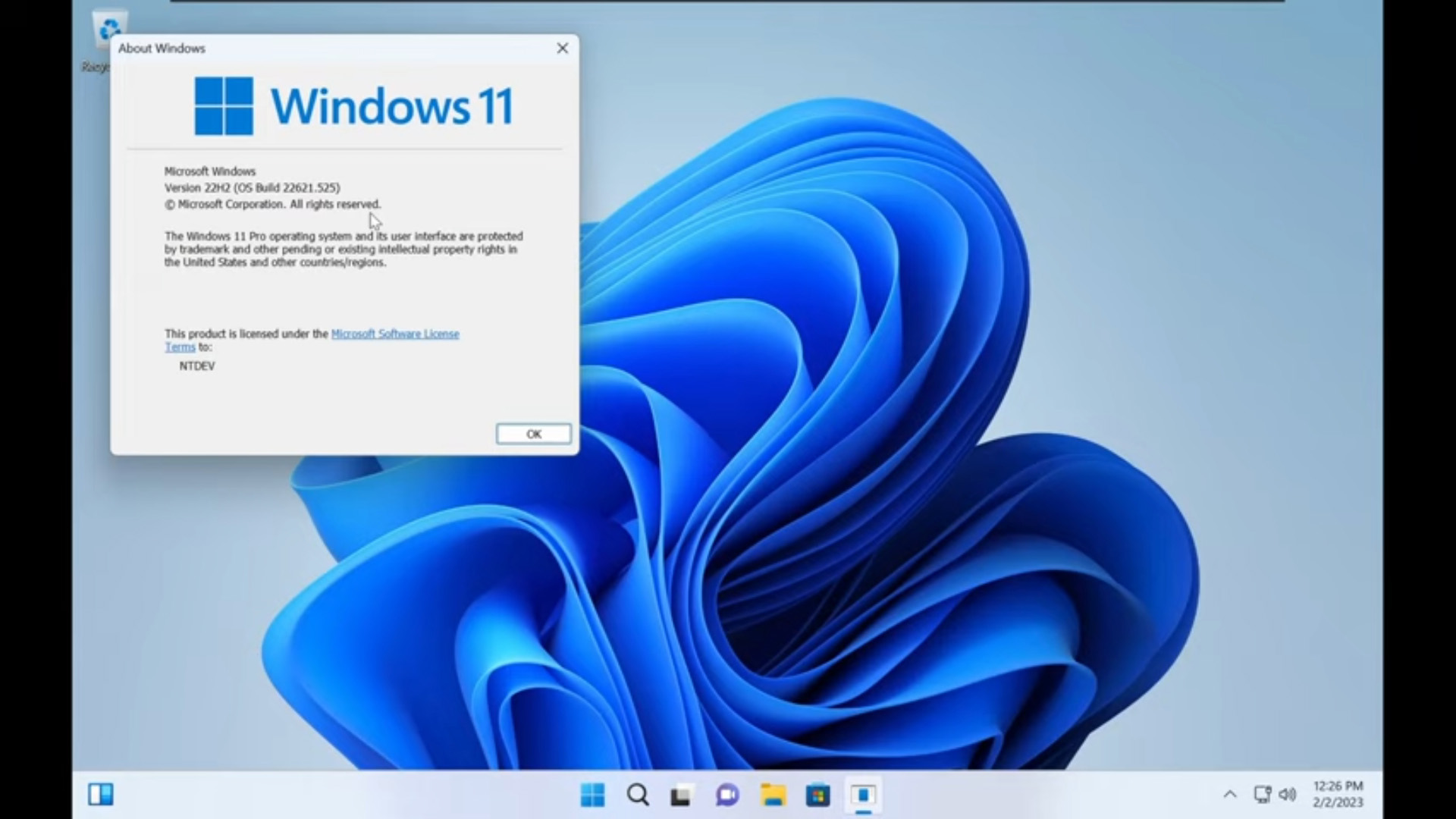 Tiny11 review: Windows 11 with only 2GB of RAM
Tiny11 review: Windows 11 with only 2GB of RAMReview A version of Windows 11 for older machines that don't meet the full requirements
By Nik Rawlinson
-
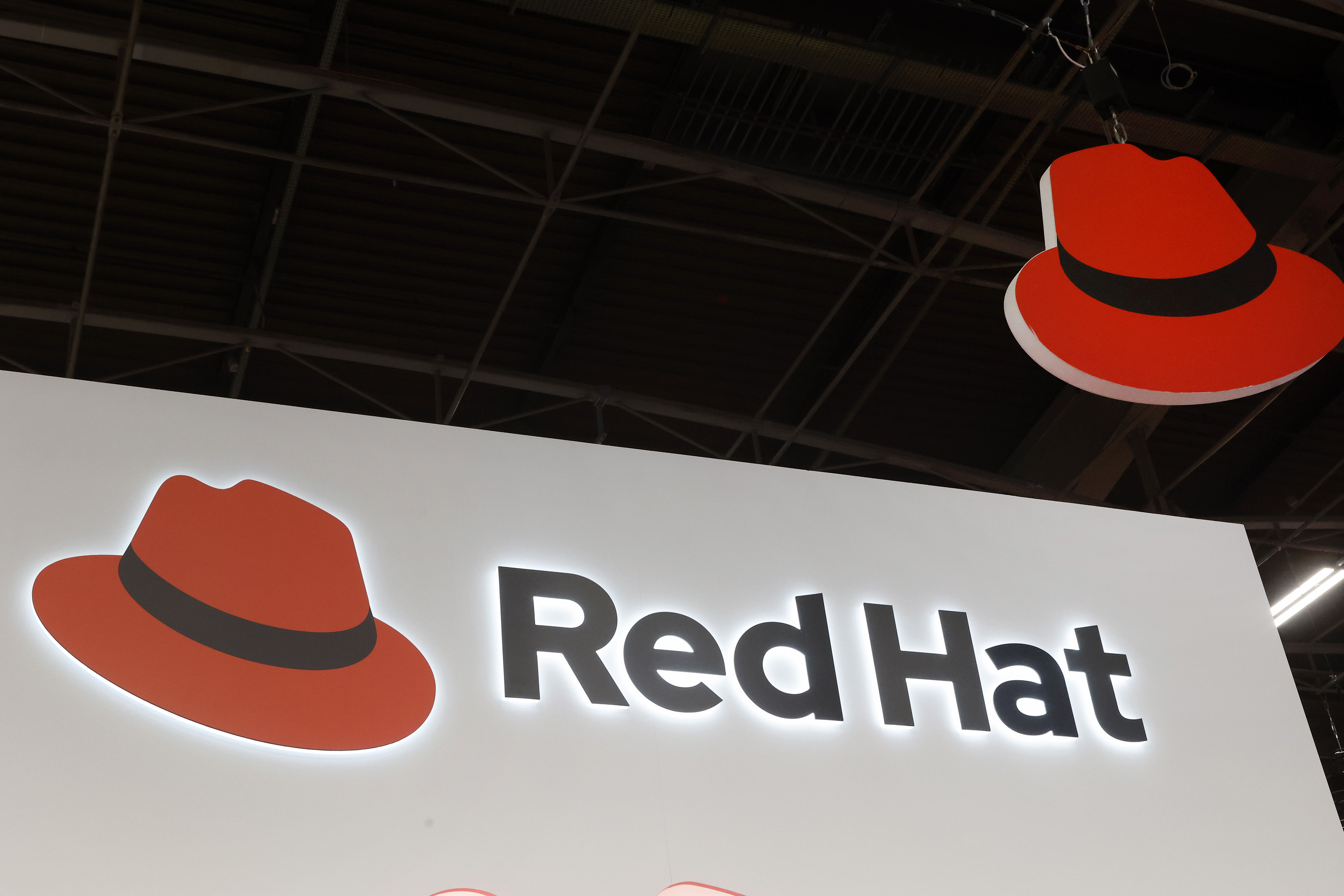 Red Hat Enterprise Linux becomes foundational operating system for Cohesity Data Cloud
Red Hat Enterprise Linux becomes foundational operating system for Cohesity Data CloudNews New strategic partnership between Red Hat and Cohesity aims to drive innovation in the data security and management space
By Daniel Todd
-
 Ubuntu shifts to four-week update cycle
Ubuntu shifts to four-week update cycleNews Critical fixes will also come every two weeks, mitigating the issues involved with releasing prompt patches on the old three-week cadence
By Richard Speed
-
 AlmaLinux follows Oracle in ditching RHEL compatibility
AlmaLinux follows Oracle in ditching RHEL compatibilityNews Application binary compatibility is now the aim with 1:1 now dropped
By Richard Speed
-
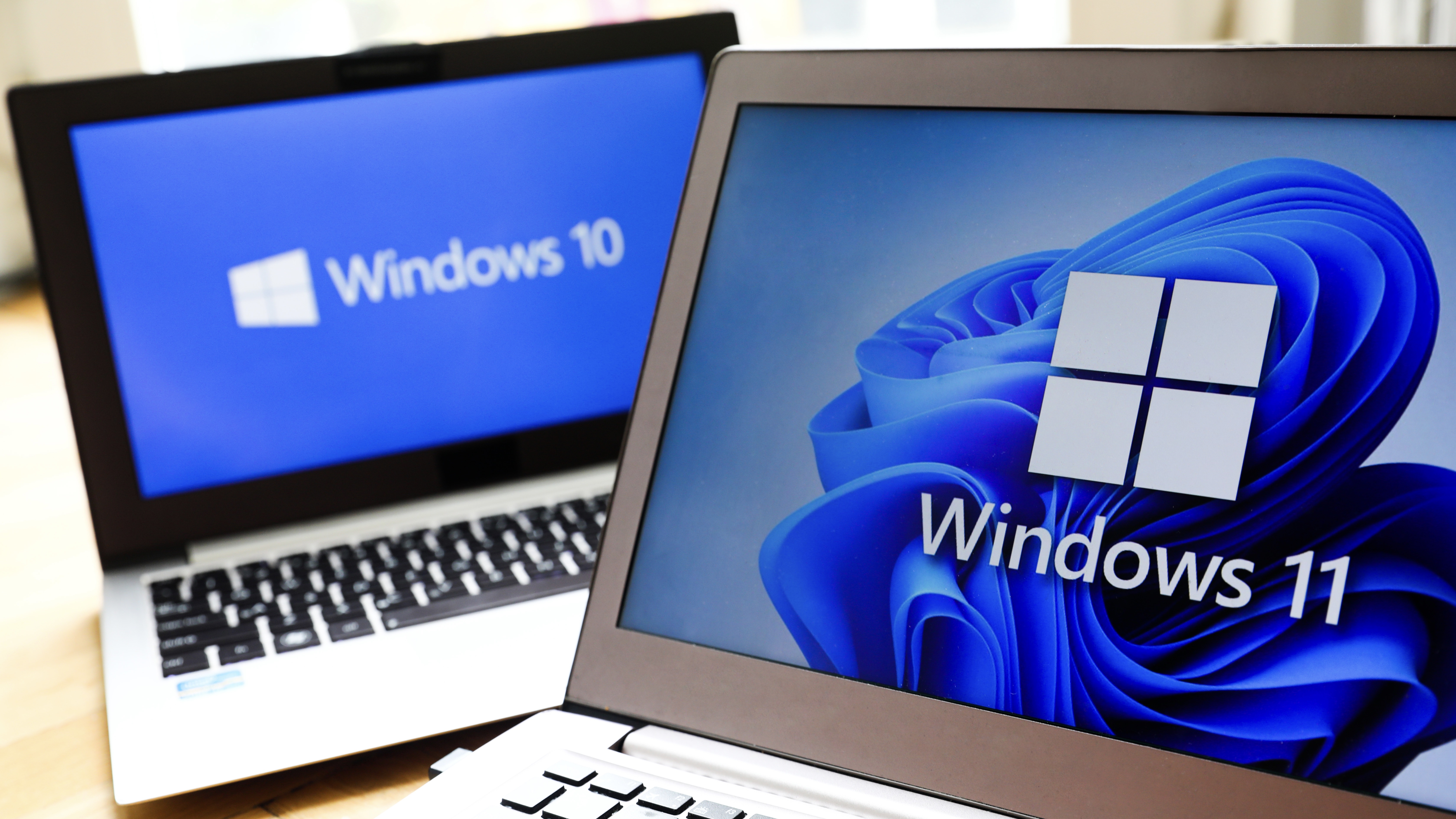 How big is the Windows 10 cliff-edge?
How big is the Windows 10 cliff-edge?ITPro Network With some comparing the upcoming Windows 10 end of life to Windows XP, we ask members of the ITPro Network for their insight
By Jane McCallion
-
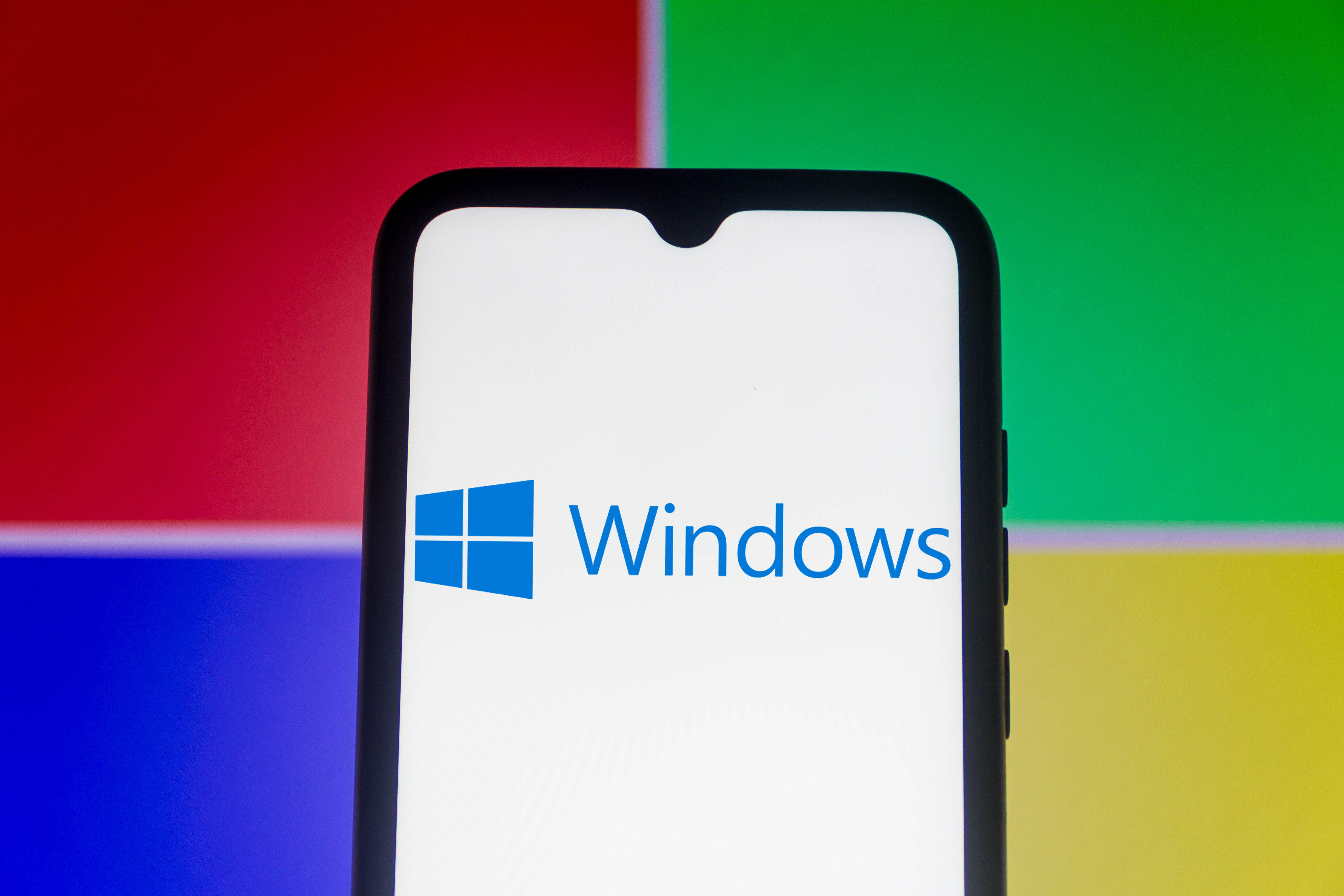 Everything you need to know about the latest Windows 11 updates - from bug fixes to brand-new features
Everything you need to know about the latest Windows 11 updates - from bug fixes to brand-new featuresNews Two new cumulative updates are on the way and will be installed automatically on Windows 10 and Windows 11 machines
By Rory Bathgate
-
 How to download a Windows 11 ISO file and perform a clean install
How to download a Windows 11 ISO file and perform a clean installTutorial Use a Windows 11 ISO to install the operating system afresh
By John Loeppky